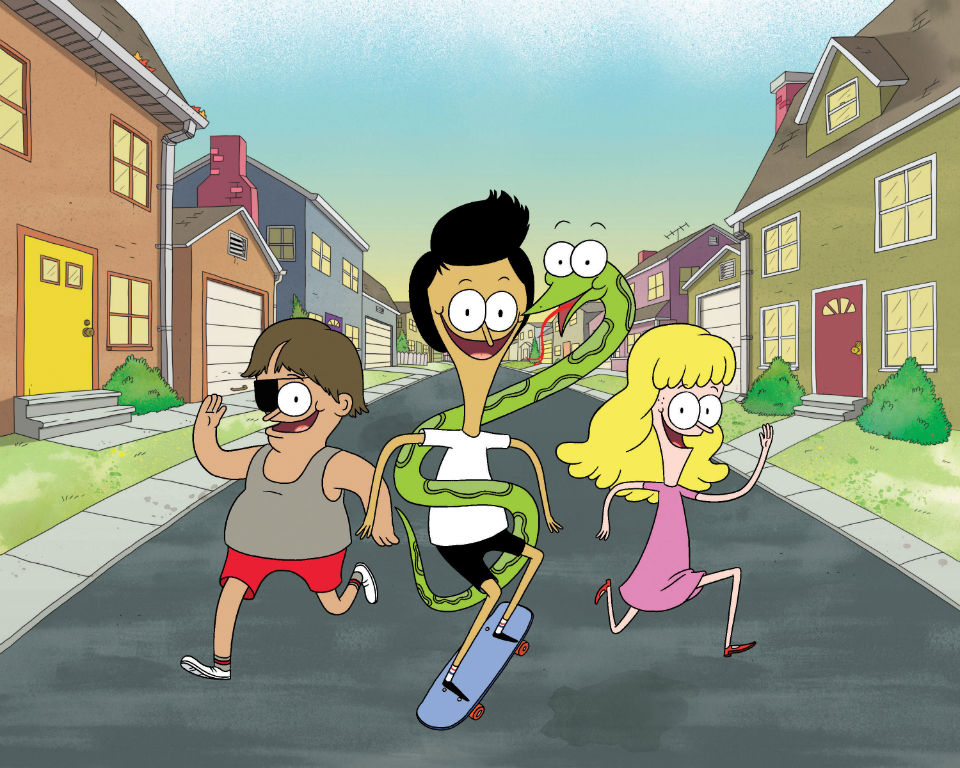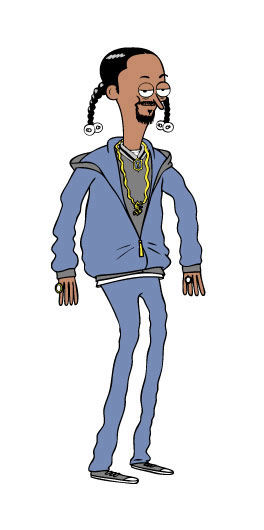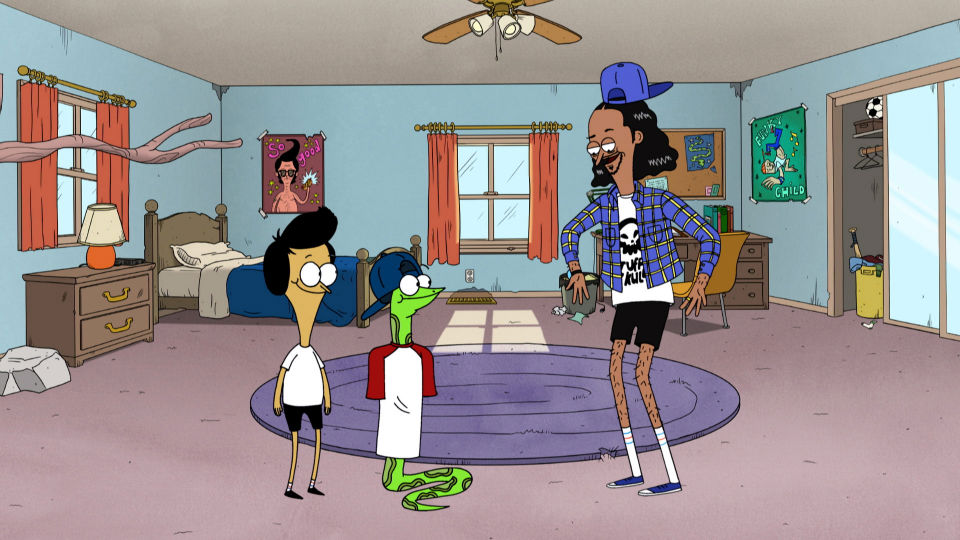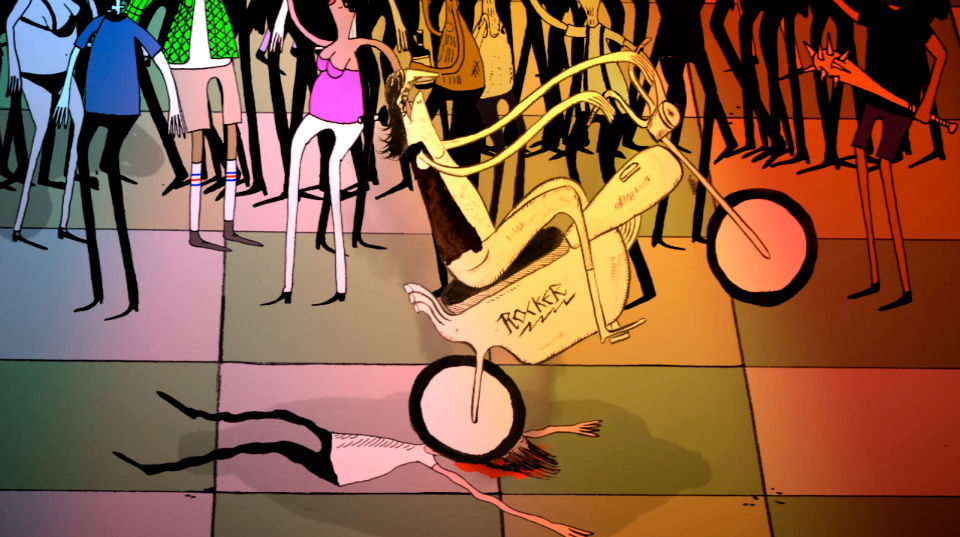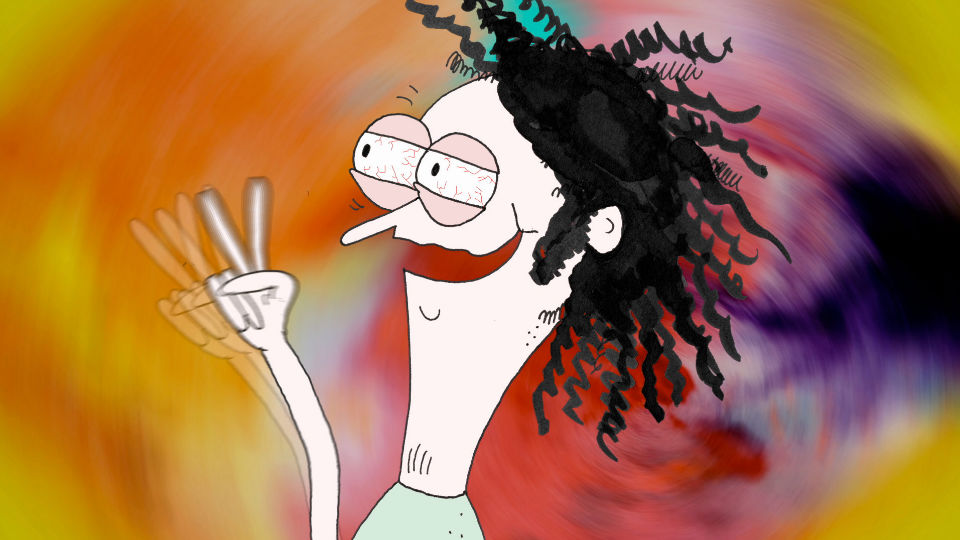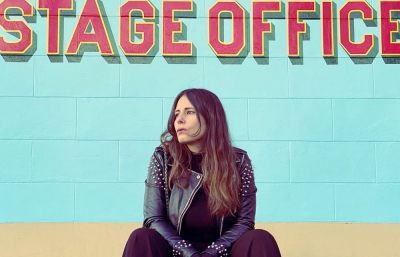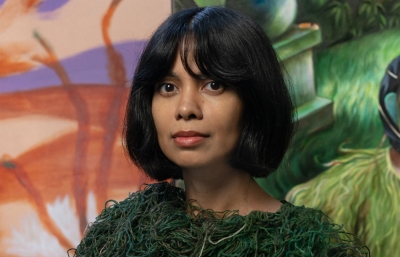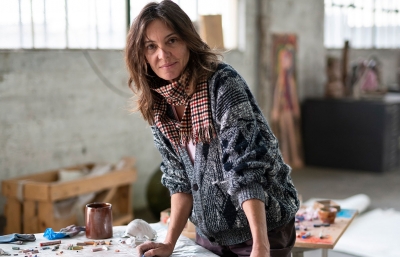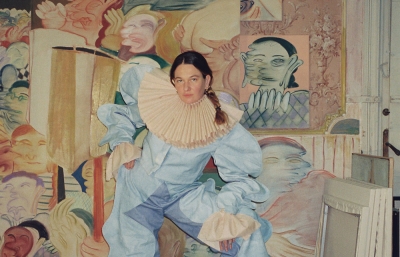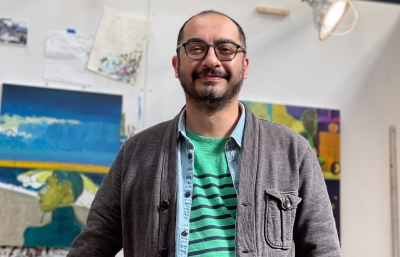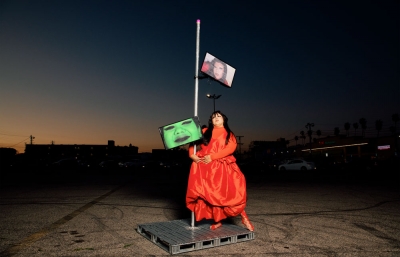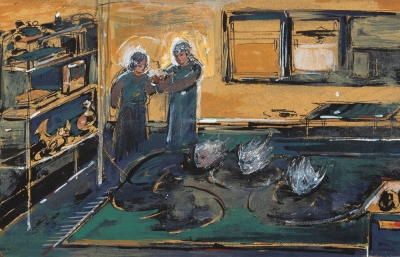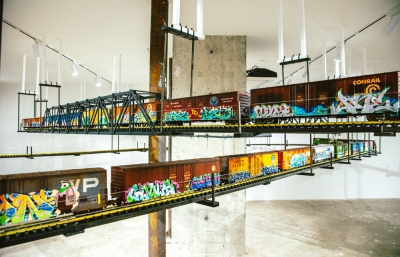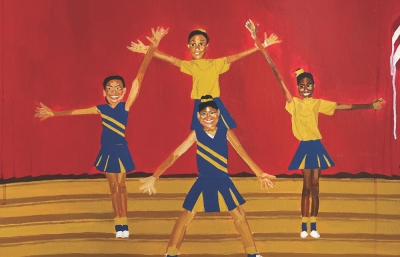Creating an animated television series for Nickelodeon would seem to be a dream endeavor for any artist, and from what I gathered spending the day at the Nickelodeon Animation Studio with Sanjay and Craig creators, Jay Howell and Jim Dirschberger, it is as much fun as it looks. Jay and Jim have developed a special relationship, one that stretches beyond creative collaboration and into the friendship that is at the heart of their show...
The following is an excerpt from the July, 2015 issue of Juxtapoz Magazine, on sale now. Subscribe and save more than half off the newstand price.
Creating an animated television series for Nickelodeon would seem to be a dream endeavor for any artist, and from what I gathered spending the day at the Nickelodeon Animation Studio with Sanjay and Craig creators, Jay Howell and Jim Dirschberger, it is as much fun as it looks. Jay and Jim have developed a special relationship, one that stretches beyond creative collaboration and into the friendship that is at the heart of their show. They are Craig and Sanjay. It’s Saturday morning and who knows what adventures are in store for the two best friends? We started our conversation at Nickelodeon in Burbank, California, and continued throughout the day as they oversaw storyboard pitches and script rewrites, finishing off the day with a few beers at Jay’s home studio. —Alex Nicholson
----
Alex Nicholson: How long was it from initially pitching the show to it actually happening?
Jim Dirschberger: It was probably about two years going from animating in our bedrooms to show running. Within the two years, I remember Jay finished the Bob’s Burgers character design, and Nickelodeon offered us the opportunity to pitch. We pitched, got a development deal and then, six months to a year after that, our pilot got picked up.
Jay Howell: It was all just… wham! It’s good, it all seems natural now but at the time it was like, “Whoa, holy shit!”
Jim: It was insane, going from animating in my tiny bedroom in San Francisco and suddenly I’m moving my entire life to LA, and then our show gets picked up. That is a moment I’ll never forget.
Did you do most of the animating on the pilot?
Jim: No, no, it was all sent overseas. There is a process. It takes a really long time. Casting alone was just weeks of different people coming in, you know, 30 different Sanjays.
And did you have complete control over who you picked?
Jay: Yeah, it was hard though. It’s a real learning curve. Even harder when you start running the show, learning to work with fifty different people who are all creative.
I was wondering about that this morning, watching you guys. How was that, learning to manage and work with such a large staff?
Jay: It’s still very difficult.
Jim: We were very naïve when we came into it.
I can imagine. I mean, who explained how to run a network television show to you?
Jay: No one. I had never used a Cintiq before, a Wacom tablet. They gave me this million dollar technology, sat me down and said, “Here’s your shit.” It’s also about not being a dick though. There are people here who have been working in illustration and animation for 25 years and they are valuable resources. You need to put your fucking ego in check and learn from the people you work with but, at the same time, maintain your role as the boss.
Jim: It’s a two way street. In the early stages they would say, “Okay, you don’t know the process but you’re the creator, so give me the content and I’m going to help you with the structure and implementation.” We did that three or four times, and by the middle of season one we had a handle on it. For instance, I thought I would be doing the animation myself! No, I’m not. But as a creator, I still have the opportunity to manage that. So, hands off the wheel but still in charge.
Jay: It’s like a rushing river, shaping where the water goes without fucking up the stream. That’s when people stay happy, pushing people gently in different directions and getting your idea through. We are on a brutal timeline. Week one is show one. Week two is show one and show two. Week three is show one, two and three, and that just compounds. These people are staying nights and weekends and really trying to do a good job. If you can’t stay up on your notes, get the fuck out of here. To be a good manager you have to…
Jim: Stay on it. I think we try to keep the environment loose but at a certain point you also have to be firm with your notes.
What happens when someone feels strongly about their idea but you disagree?
Jay: You tell them, “I love your idea, but I really think this is funnier.” And if they respond, “But I love my idea…” you talk them through why you think your idea is better and how you want it done. It’s difficult.
Jim: You can’t yell. Be firm but fair. It’s part of the balance of working with creative people and running your own show. And having your own creative identity. I mean hey, it’s our show. But you can’t act like, “Hey it’s my show I want to do it the way I want!”
Jay: Someone will work twenty hours on some scene that he is so proud of and you just have to say, “Dude, we have to pull that out.” It happens all the time.
Jim: “Hey, I appreciate all the work you did. Let’s work on it together and get it to where it needs to be.” If you respond in that way people will understand. I’ve had a lot of shitty bosses, total dictators who thought they were running Hollywood when I was working on a shit show that no one watched. I told myself I was never going to be that fucking guy, ever. And it shows, because our crew has been amazing.
----
Read the full interview in the July, 2015 issue of Juxtapoz Magazine!


